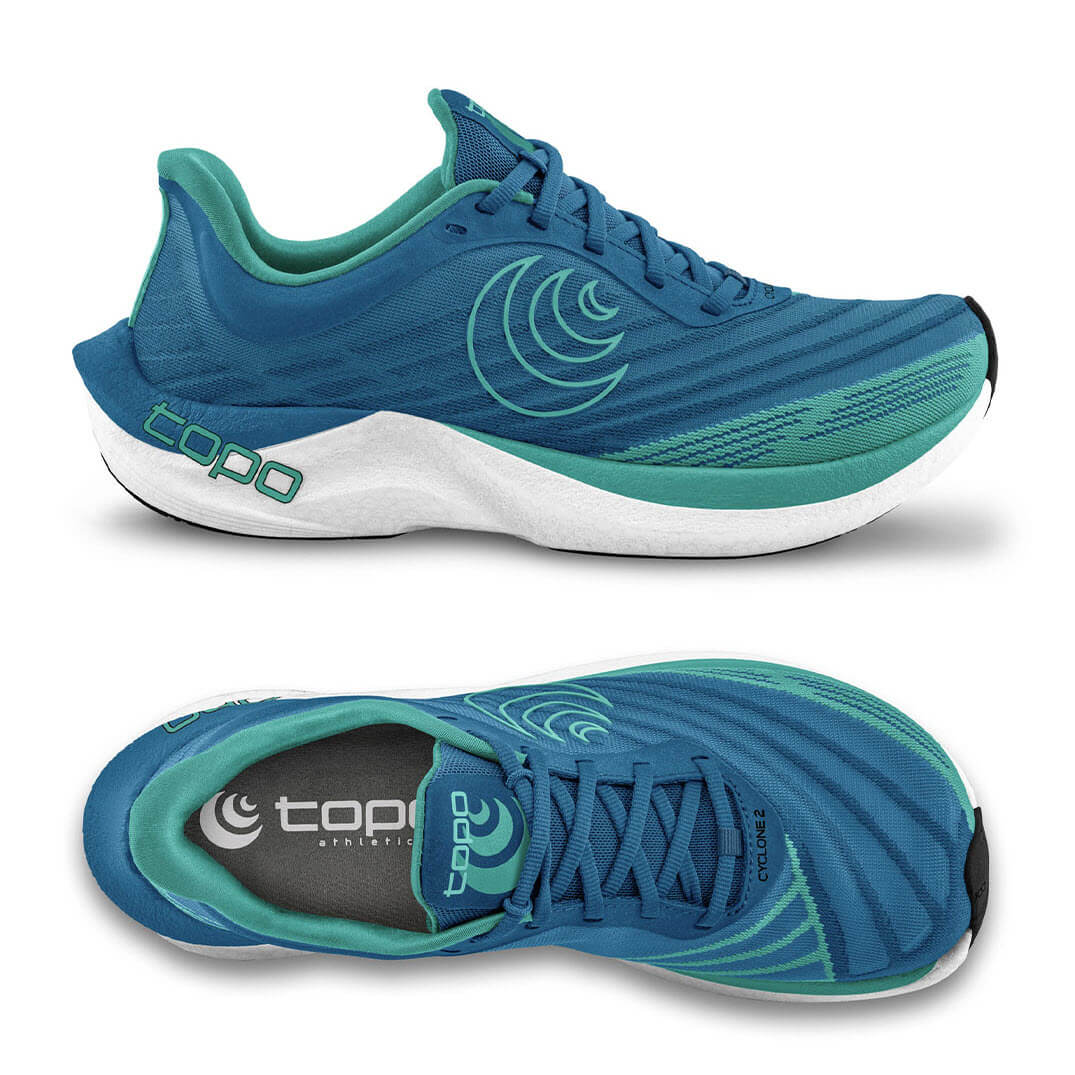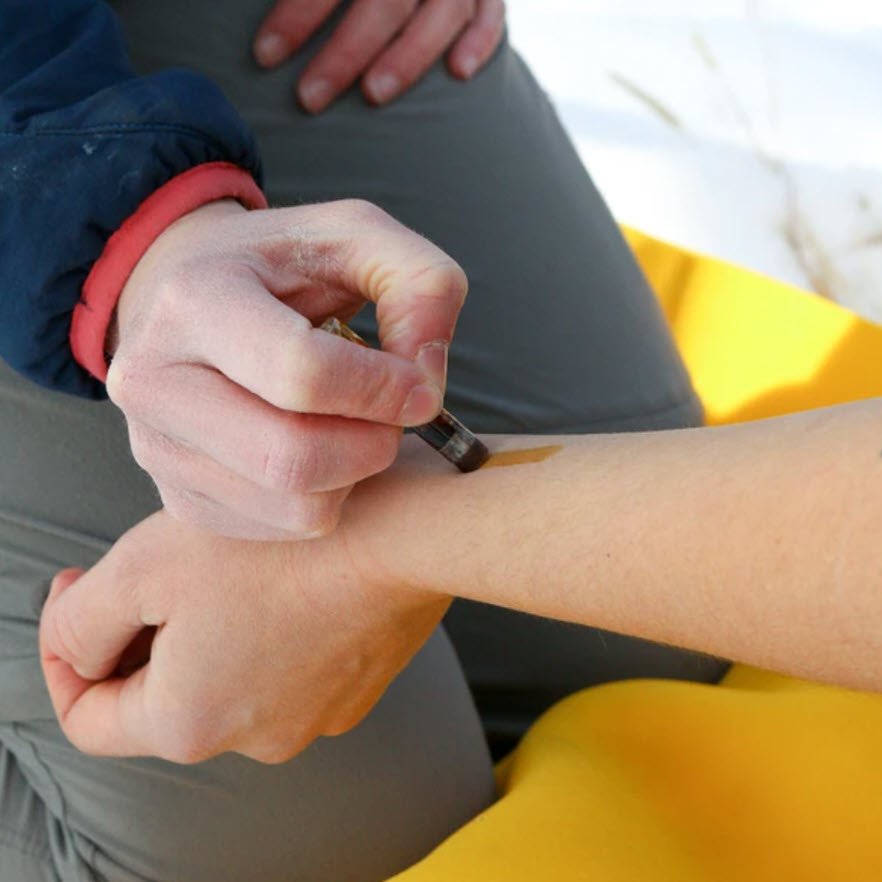As a podiatrist, the most common stretch I give people for lots of foot problems is calf stretches – because tight calves have such an influence on foot function. Tight calf muscles change the way forces are applied to your foot. It increases the duration of load AND increases the magnitude of load across the ball of the foot. As you can imagine, this has potential consequences for blisters under the ball of your foot. And it’s not just the forefoot. Tight calf muscles can influence other blister sites and so calf stretches can be a valuable blister prevention strategy. Compensations can cause the toes to do funny things leading to top of toe blisters, it can make the arch flatten with more force leading to blisters under the arch, and the Achilles tendon pulls earlier on the back of the heel leading to heel blisters. However, technique is EVERYTHING with calf stretches! So in this video, I want to show you how to perform a calf stretch to avoid the common errors and get the best results. Because I see people spending weeks or months on stretching, only to have been doing it incorrectly and basically wasting their time.
Calf Stretch Demo
3 Important Things
Step forward and place both hands on the wall. The back leg is the one we’re going to stretch. Now, there are 3 very important things with that back foot to make sure of before we even start.
- First, you’ll probably notice your back foot is pointing straight ahead or a little bit out-toed. What I want you to do is slightly in-toe with that foot. Imagine there’s a line on the floor perpendicular to the wall. I just want you to line the outer border of your foot up with that line. So when you look down at your foot, you’ll see it looks a bit in-toed. That’s what we want. It might feel a bit funny, but this just makes sure the stretch goes through the Achilles and calf instead of the foot flattening and the stretch going elsewhere.
- Secondly, I want you to lock your knee right back, and keep it back.
- And thirdly, keep your back heel on the floor. If fact, really push it down into the floor and keep it there while we do this next bit.
OK, Let's Actually Stretch Your Calf Now
1) Gastrocnemius Stretch
Now we’re going to lean forward until you feel the stretch at the back of your leg. You should feel this stretch mainly at the top half of the calf. This is the gastrocnemius muscle. Keep your arms straight. If you bend your elbows, all you do is trick yourself into thinking you’re stretching more, but you’re not. So keep your arms quite straight. Arms aren’t important here and nor is the front leg – there’s very little weight going through the front leg. It’s all about the back leg: in-toe, knee back, heel down! To increase the calf stretch as the weeks go by, take your back foot back a little further. Just make sure it’s still a little intoed though – that’s a very common mistake, taking the foot back but out-toeing at the same time. Hold the stretch for at least 30 seconds. No bouncing – just hold it nice and still. And if you feel it give a little bit as it relaxes into the stretch, just lean in a bit further to maintain that same tension.
2) Soleus Stretch
From here we’re going to target the other main muscle in the calf that shares the Achilles tendon - the soleus muscle. We do this by bending that knee now instead of locking it back. You should feel this stretch more in the lower half of your leg. If you’re not feeling it there, bend your knee more and make sure you keep your back heel firmly planted on the floor – don’t let it lift up. And hold for at least 30 seconds.
That’s All There Is To A Good Calf Stretch!
I get people to do this: 3 times on each leg, 3 times a day, plus after exercise, for 8 weeks. The effect of this stretch doesn’t kick in straight away, so you need to keep plugging away at it. If you want to do more, hold each stretch longer than 30 seconds – that’s where your time is best spent. Just remember, technique is everything, so re-watch this video and practice your technique to make sure you’re not wasting your time.
Warning
Of course, if you experience any pain or discomfort when performing any exercise, stop immediately and seek the advice of your podiatrist, physio or doctor.
Wrapping up
If you’ve got tight calves and you’re having trouble with blisters under the ball of your foot or the back of your heel especially, make a start on these stretches. Just remember:
- Toe-in
- Knee back (gastroc)
- Heel down
- Arms straight
- Minimal weight in front leg
- No bouncing
And:
- Hold at least 30 seconds
- 3 times on each leg
- 3 times a day
- Plus after exercise
- For 8 weeks
Not sure if tight calf muscles are relevant to your blisters? Or exactly what you should be doing to relieve your blisters straight away? Search for your blister location and find the answers you’re looking for.








